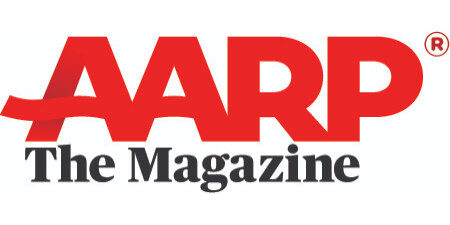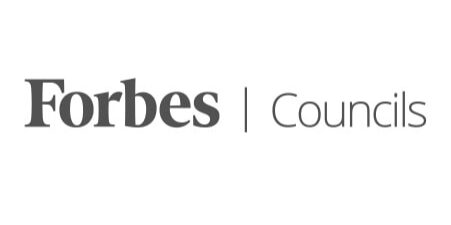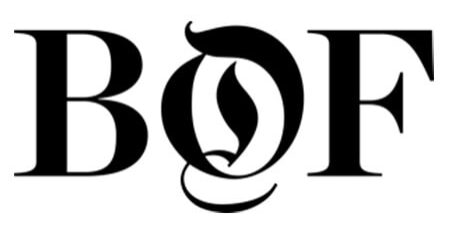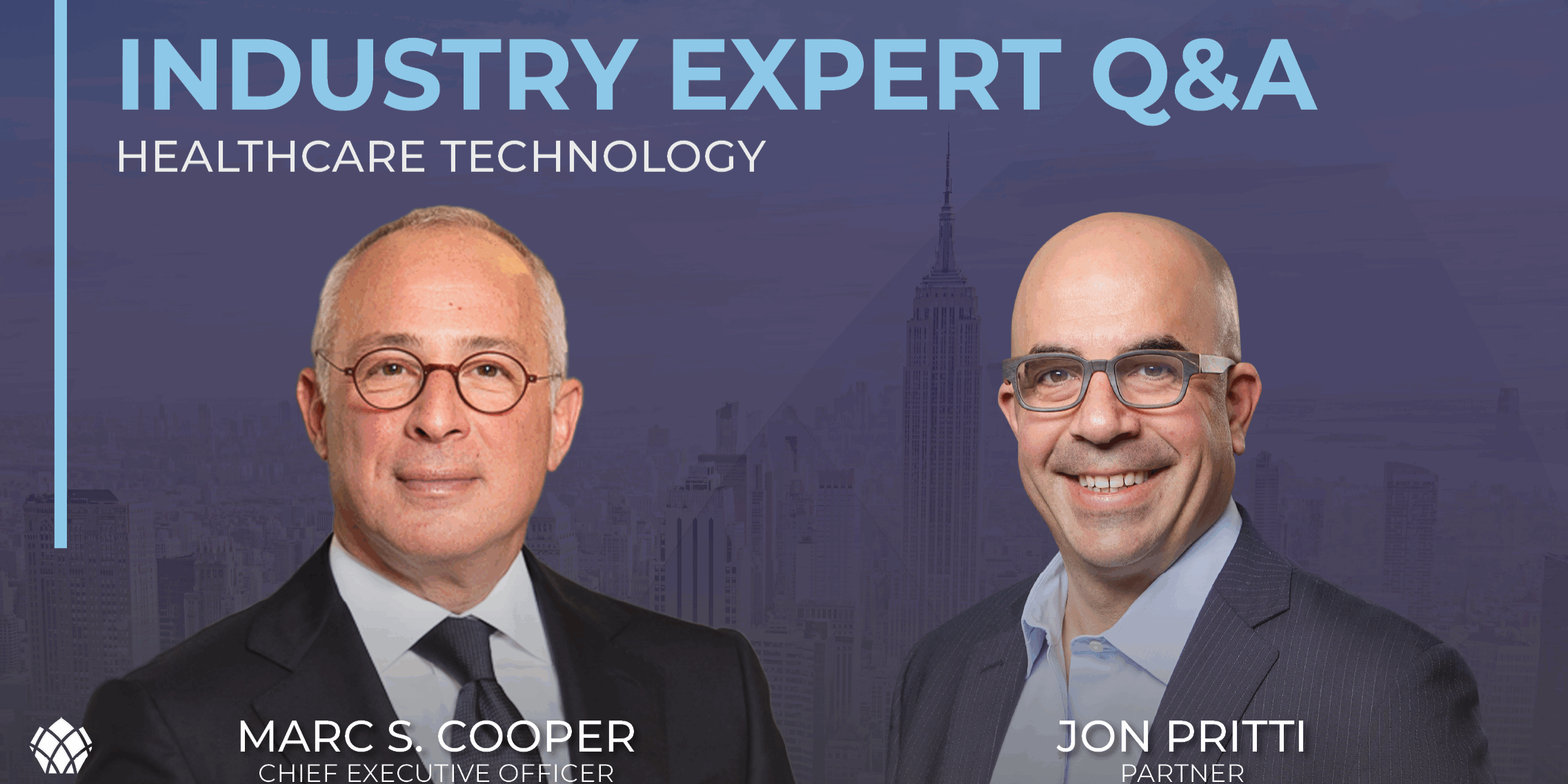Industry Q&A – Marc Cooper with Brad Hildebrand
Industry Q&A – Marc Cooper with Brad Hildebrand
by CEO Marc S. Cooper
The healthcare services landscape remains one of the most active areas of the U.S. M&A market. Karan Garg and Brad Hildebrand joined the Solomon team in Q4 2023, bringing deep industry expertise and relationships across a variety of healthcare subsectors. I recently sat down with Brad to discuss the latest trends in the MedSpa sector as well as takeaways from the recent AmSpa 2024 Medical Spa Show in Las Vegas.
Tell us, what is a Medical Spa (“MedSpa”), and why is the sector garnering so much attention from investors?
MedSpas feature a combination of aesthetic non-surgical medical center and a day spa that offers an elevated, safe patient experience. These facilities can focus on an individual part of the body, such as face, neck, torso, or skin health, but the vast majority of MedSpas offer a wide range of services. Investors have been drawn to the sector due to several factors – the end-market demand picture is robust driven by an increase in patient awareness and a focus on appearance (i.e., the zoom effect) and aging demographics. Additionally, even with the uptick in recent activity, the market remains highly fragmented, and the payor dynamics are attractive given the mostly cash-payment model and strategies to generate recurring revenue streams from patients.
What are some of the key trends shaping the industry, and how has it evolved?
The sector is growing rapidly – north of 10% annually – due to several trends that I touched on and that we can discuss in more detail. In the past five years, the overall number of MedSpas in the U.S. has more than doubled to almost 10,000 today. Some of the factors driving this expansion are (1) increased cultural acceptance of aesthetic procedures, which, in turn, fuels (2) higher participation across ages and genders and then reaches the wider masses via (3) social media proliferation. Technological innovation is also a factor, as there are a growing number of treatments and non-surgical procedures available for previously difficult-to-treat conditions. Lastly, people are far more focused on their appearance coming out of the pandemic, during which we spent too much time scrutinizing our faces over Zoom.
When first introduced, MedSpas served as an extension of a dermatology or plastics practice, or beauty salon, and focused mostly on fillers and neurotoxins. However, today, it represents a $18B market in the U.S. alone, with many single-location practices but also scaled national platforms backed by seasoned investors. As this industry continues to grow and mature, we view the space within the larger aesthetic medicine market, or the health and wellness space, each of which is many times greater than the MedSpa market alone.
I heard you recently attended The Medical Spa Show in Vegas. How was the conference? Any key takeaways?
This year’s Medical Spa Show was the largest and most active to date, and we offer our congratulations to the American Med Spa Association (AmSpa) for organizing an outstanding conference. The conference’s key topics included (1) new treatments, especially those that leverage biostimulators, exosomes, and peptides, (2) professionalization of MedSpa management and increasing tech-enablement, (3) compliance and safety, (4) and clinician recruitment and retention, which is essential to building a successful platform. There was a lot of enthusiasm from management teams and investors at the conference around the future of the sector and the positive outcomes it can deliver to patients.
Sounds like a very dynamic sector. What are the implications for M&A in the space?
Currently, out of 9,000+ MedSpas in the US, ~90% are independently owned and operated. We believe the market will continue to consolidate because greater scale can deliver tangible benefits to the patient. Whether it is breadth of service offering, convenience of scheduling or utilization of new equipment and technology, more developed platforms can provide patients with greater service and options. In addition to the significant and tangible benefits to the patient, MedSpas boast an attractive unit economics profile, strong and sustainable growth, and a desirable payor mix, all of which create fertile conditions for private equity-led consolidation.
Given the competitive nature of the industry, what are some imperatives for MedSpas looking to differentiate themselves?
In a competitive market, quality becomes paramount. We have seen it throughout our extensive experience across various multi-site healthcare sub-sectors. Patients will gravitate to providers who offer best-in-class clinical care, a strong and convenient patient experience, and a wide breadth of services. Platforms with highly trained and experienced staff that offer the right service mix for their area will be better positioned for success. Branding, marketing and geographic location are all also important factors. Operationally, practices should lean into the existing ecosystem of technology-enabled tools and solutions, from marketing, recruiting, retention, and finance to diagnostics and AI. We prepared a more in-depth industry report on the space and encourage everyone to read it.





